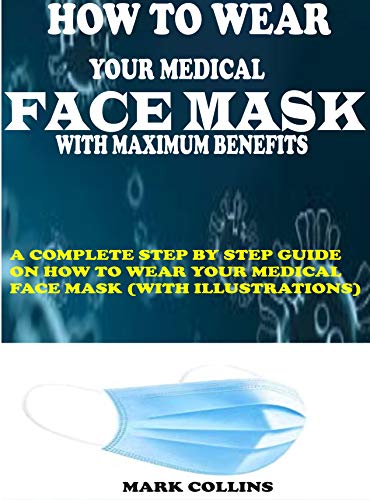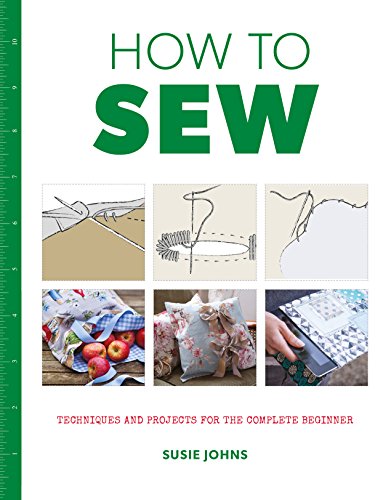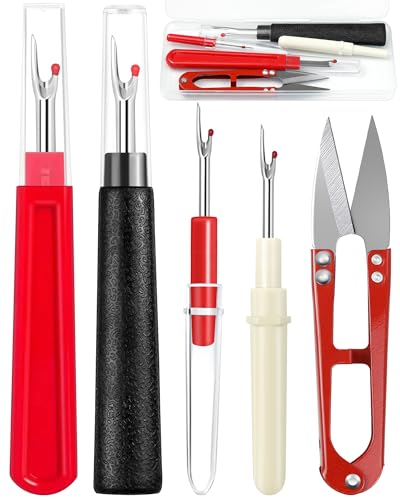Sewing your own clothes can be such a rewarding experience, and an A-line dress is the perfect project to get you started. It’s simple, versatile, and gives you that satisfying “I made this!” feeling when you’re done. Whether you’re looking to create a casual summer dress or something a bit more polished, this classic silhouette is a great choice for beginners.
Benefits Of Sewing Your Own A-Line Dress
Sewing your own A-line dress offers creativity and personalization. You can choose your favorite fabric, colors, and patterns, ensuring the dress reflects your unique style.
It saves money compared to buying ready-made clothing. A trip to the store for fabric and supplies often costs less than purchasing a designer or brand-name dress.
You can achieve a better fit by customizing measurements. Store-bought dresses rely on standard sizing, which may not match individual body shapes, while handmade versions allow precise adjustments.
It helps build essential sewing skills. Beginners learn fundamental techniques like cutting, hemming, and stitching, which serve as a foundation for more advanced projects.
The dress can be tailored for versatility. A-line designs are adaptable to different occasions through fabric choice, such as cotton for casual looks or chiffon for formal events.
Sewing encourages sustainability by reducing reliance on fast fashion. Handmade projects contribute to slower, more thoughtful consumption and minimize waste.
Materials And Tools You’ll Need
Choosing the right materials and tools makes sewing an A-line dress easy and enjoyable. Here’s what you’ll need to get started.
Fabric Selection Tips
Pick a fabric that’s easy to handle, especially if you’re a beginner. Lightweight cotton, linen, or chambray work well because they are stable and don’t stretch much. Avoid slippery materials like silk or overly stretchy knits, as they can be challenging to sew. Choose solid colors or simple patterns, like stripes or small floral designs, to simplify cutting and stitching.
Ensure the fabric has enough drape for the A-line shape to fall smoothly. For casual looks, try cotton lawn or poplin; for dressier styles, consider lightweight wool blends or crepe. Check that you have the required yardage, which depends on the dress length and pattern specifications.
Essential Sewing Tools
Gathering the right tools ensures smoother sewing. Here’s a list of must-haves:
- Sewing machine: Use a straightforward model with basic stitch options, ideal for beginners.
- Fabric shears: Get sharp shears specifically designed for fabric cutting to create clean edges.
- Pins and pincushion: Secure fabric layers with straight pins, and keep them organized in a pincushion.
- Measuring tape: Use it to take accurate body measurements and measure fabric pieces.
- Tailor’s chalk or fabric marker: Mark cutting lines, darts, and seams without damaging the fabric.
- Iron and ironing board: Press seams and hems for a polished finish as you sew.
- Seam ripper: Fix mistakes easily with a seam ripper for neat corrections.
- Thread: Use a high-quality polyester or cotton thread that matches your fabric color.
With these materials and tools, you’re ready to work on your A-line dress and enjoy the creative process.
Step-By-Step Guide To Sewing An A-Line Dress
Creating an A-line dress involves manageable steps that are perfect for beginners. With the right preparation and tools, sewing becomes an enjoyable experience.
Preparing Your Pattern And Fabric
I start by selecting a simple A-line dress pattern, ideally one labeled as beginner-friendly. It’s important to pre-wash and iron the fabric to eliminate shrinkage and wrinkles before cutting. When laying out the fabric, I ensure it’s smooth and fold it in half with the right sides facing each other. Then, I place the pattern pieces on the fabric based on the grainline markings, pin them in place, or use pattern weights to prevent shifting.

Cutting The Fabric
After securing the pattern, I use fabric shears to cut along the marked outlines, following the pattern’s instructions. Precision is crucial, so I proceed slowly to maintain clean, accurate edges. I’ll mark darts, notches, and other sewing guides with tailor’s chalk or a washable fabric marker, ensuring they remain visible later.
Sewing The Bodice
For the bodice, I sew the darts first, stitching from the wider end to the point and tying off the threads to prevent puckering. Next, I join the shoulder seams and side seams by placing the fabric pieces right sides together and sewing along the seam allowances. Afterward, I press the seams open using an iron to achieve a polished finish. If the dress pattern includes a neckline facing or binding, I attach it now for a neat neckline.
Attaching The Skirt
I gather the skirt (if required) by sewing two parallel rows of basting stitches along the top edge and gently pulling the threads to create even gathers. Then, I pin the skirt to the bodice with right sides together, aligning the edges and side seams. After sewing the two pieces together, I press the seam upward and optionally topstitch to reinforce it.
Adding Finishing Touches
Finally, I hem the bottom edge by folding it up twice to encase the raw edge, pressing it as I go, and sewing close to the folded edge. I add closures like a zipper, buttons, or hooks, depending on the pattern. If the dress features sleeves or decorative elements, I attach them now, following the instructions. A thorough pressing helps the dress look professional and ready to wear.
Common Mistakes And How To Avoid Them
Skipping Fabric Preparation
Skipping pre-washing or ironing fabric can lead to shrinkage or distorted seams post-construction. I always pre-wash the fabric to remove finishings and iron it to ensure a smooth surface for consistent cutting.
Incorrect Pattern Cutting
« Master Sewing a Wrap Dress: Step-by-Step Guide for Beginners to Create a Perfect Fit
Making a Fabric Camera Strap: Easy DIY Guide to Create Your Own Stylish & Durable Accessory »
Cutting fabric inaccurately causes alignment issues. I align the pattern grainline with the fabric’s grainline and use sharp fabric shears for clean, precise cuts. Rotary cutters work well for stable fabrics.
Ignoring Seam Allowances
Overlooking seam allowances results in improper fitting. I double-check the seam allowance measurements indicated on the pattern and mark them with tailor’s chalk or a fabric pen for clarity.
Using The Wrong Needle Or Thread
Using mismatched thread or an unsuitable needle can damage your fabric. I choose needles based on fabric type (e.g., universal needles for cotton) and match the thread weight to the project for durable seams.
Rushing Through Sewing Steps
Sewing too quickly risks uneven stitches and mistakes. I sew at a moderate speed, using the machine’s speed control if available, and pause often to check alignment.
Neglecting Pressing Between Steps
Skipping pressing impacts the garment’s appearance. I press every seam after sewing, ensuring flat, crisp edges and professional results.

Poor Fitting Adjustments
Failure to test fit during construction leads to sizing issues. I pin-fit pieces together before final seams, ensuring adjustments can be made when necessary.
Tips For Beginners To Improve Their Sewing Skills
- Practice Straight Stitching
I focus on sewing straight lines using scrap fabric before starting any project. Consistent stitching is key for clean seams, and this practice helps build muscle memory.
- Learn To Read Patterns
I take the time to understand pattern markings and instructions. Familiarity with symbols like grainlines, darts, and notches simplifies the construction process and reduces errors.
- Pin And Press As You Go
I pin seams securely before sewing to keep fabric aligned. Pressing seams after each step ensures a professional finish and makes fabric easier to manage.
- Invest In Quality Tools
I’ve found that sharp fabric scissors, fine pins, and reliable measuring tools improve precision. Using the right tools prevents frustration and saves time.
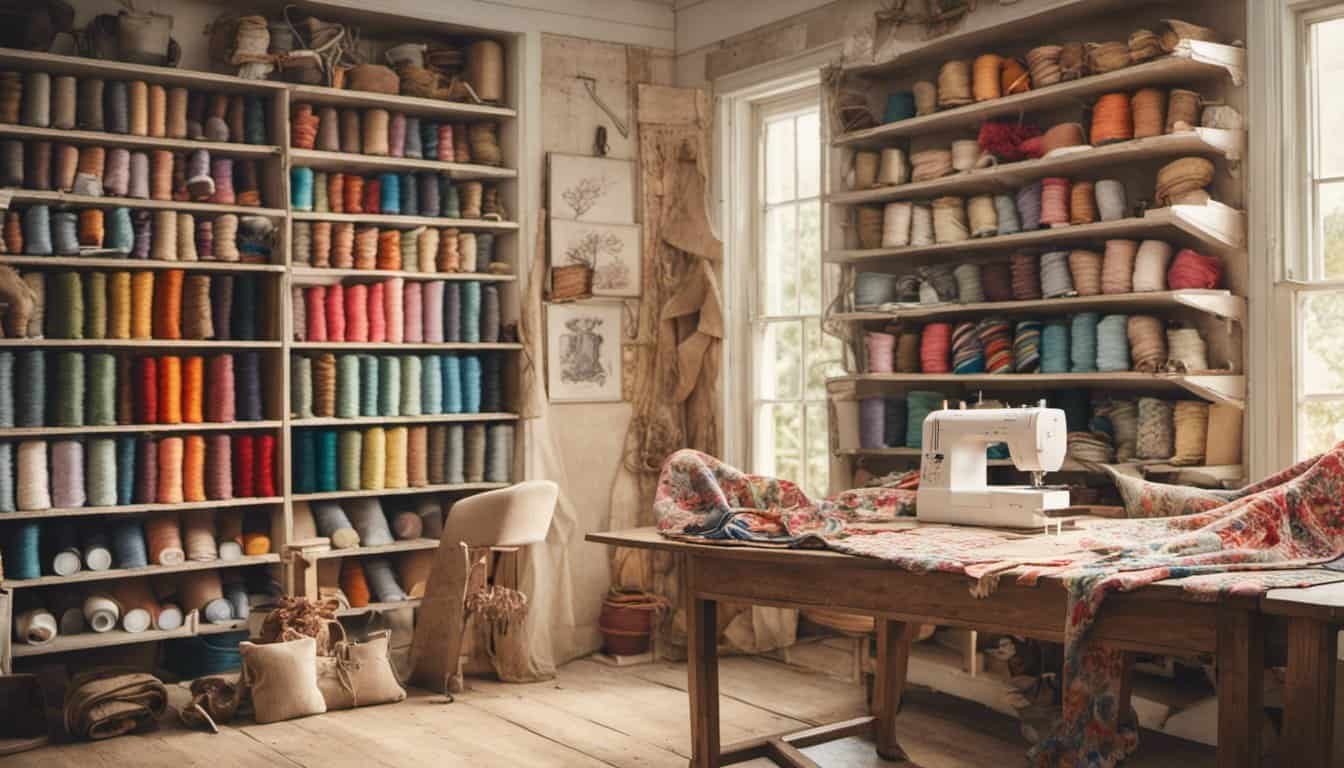
- Work In Manageable Sections
I break projects into smaller tasks, like sewing the bodice or skirt separately. Tackling one step at a time helps me avoid feeling overwhelmed.
- Test On Scraps
I stitch a small swatch to test machine tension, stitch length, and thread compatibility before working on the actual fabric. It prevents mistakes and wasted material.
- Maintain Your Sewing Machine
I clean lint from my sewing machine frequently and change needles regularly. Smooth operation leads to better quality stitches and fewer interruptions.
- Watch Tutorials
I complement instructions with video tutorials to visualize complicated steps. Watching techniques in action accelerates learning and clarifies difficult parts.
- Be Patient With Mistakes
I remind myself that errors are natural during the learning process. Seam rippers are my best friend for correcting mistakes, which helps me refine my skills over time.
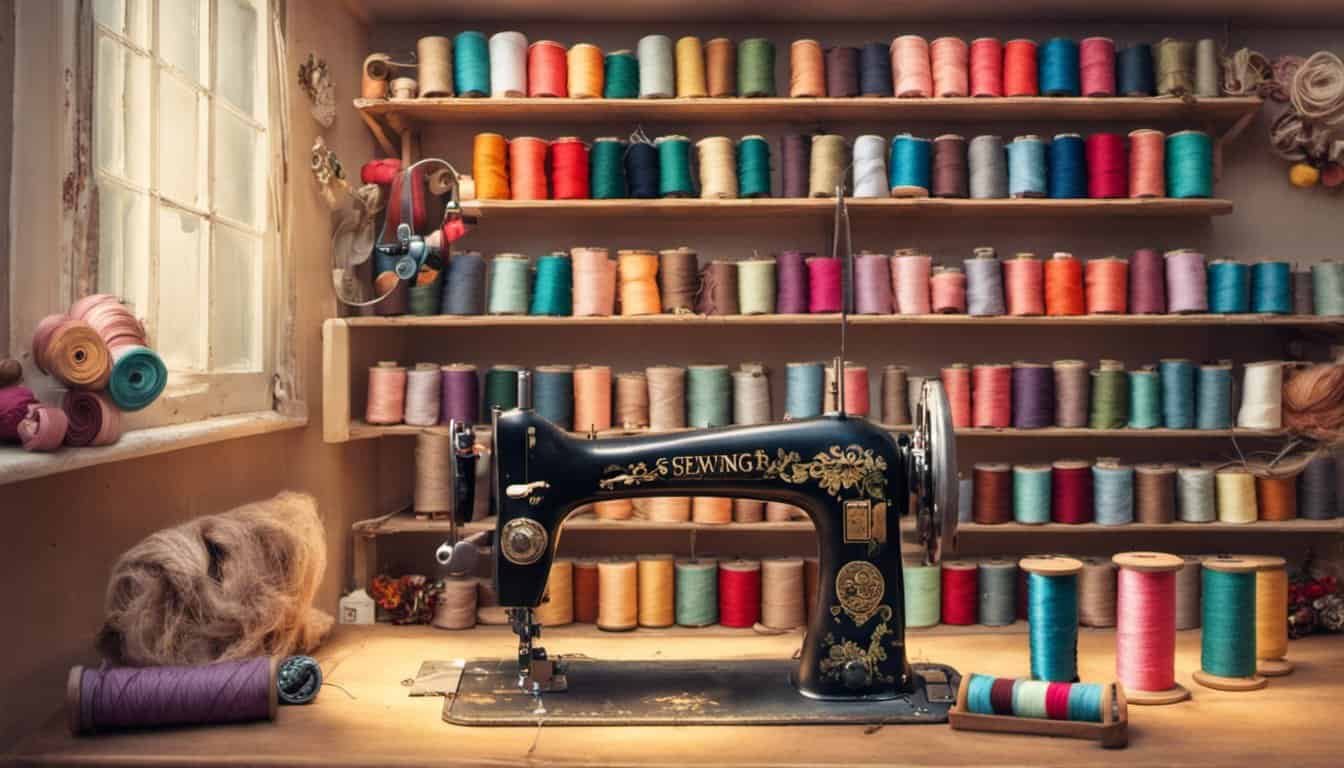
- Experiment With Simple Projects
I select beginner-friendly designs, like pillowcases or tote bags, to practice common techniques. These smaller projects enhance confidence before tackling more advanced pieces.
Conclusion
Sewing an A-line dress is such a fulfilling journey, especially for beginners looking to dive into the world of handmade fashion. It’s not just about creating a beautiful garment but also about gaining confidence, learning new skills, and embracing your creativity.
Remember to enjoy the process and celebrate each step you master along the way. Every stitch brings you closer to a unique piece that reflects your personal style and effort. Plus, there’s something so special about wearing something you’ve made with your own hands.
So grab your tools, pick a fabric you love, and take it one step at a time. You’ll be amazed at what you can create and how much fun you’ll have along the way. Happy sewing!






